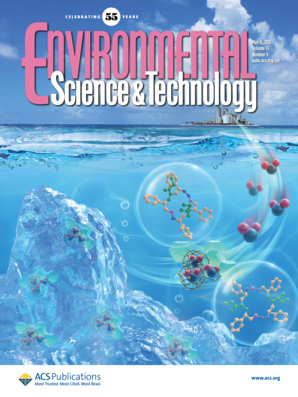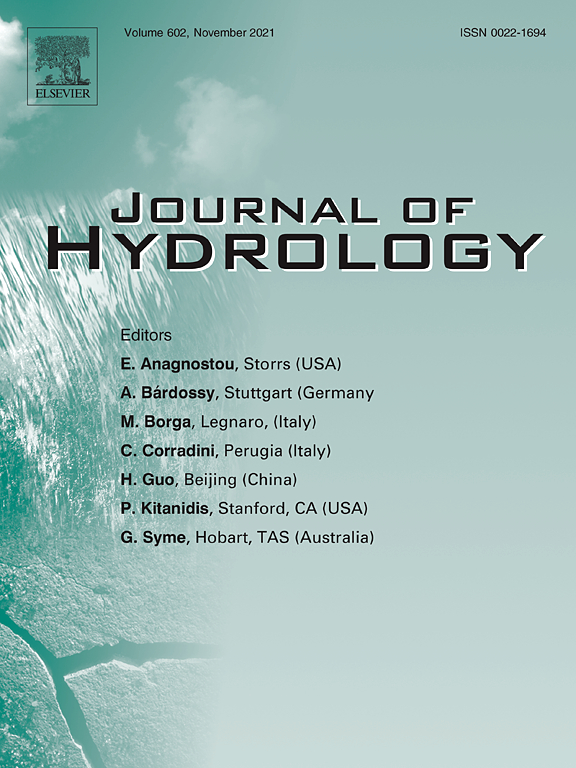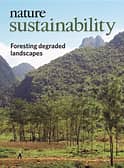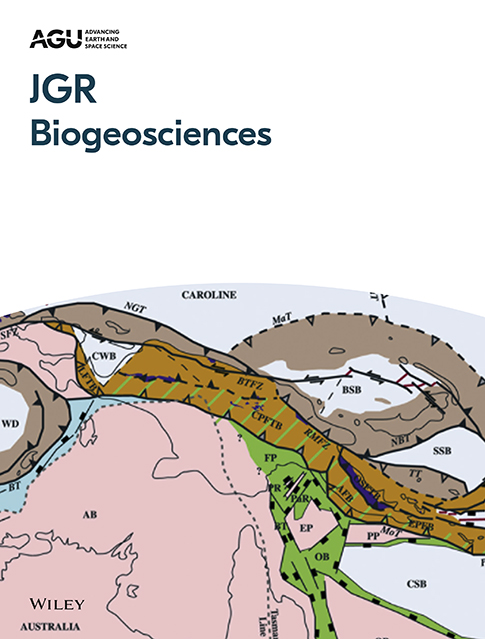- Department:(Dept. 1) Ecohydrology and Biogeochemistry
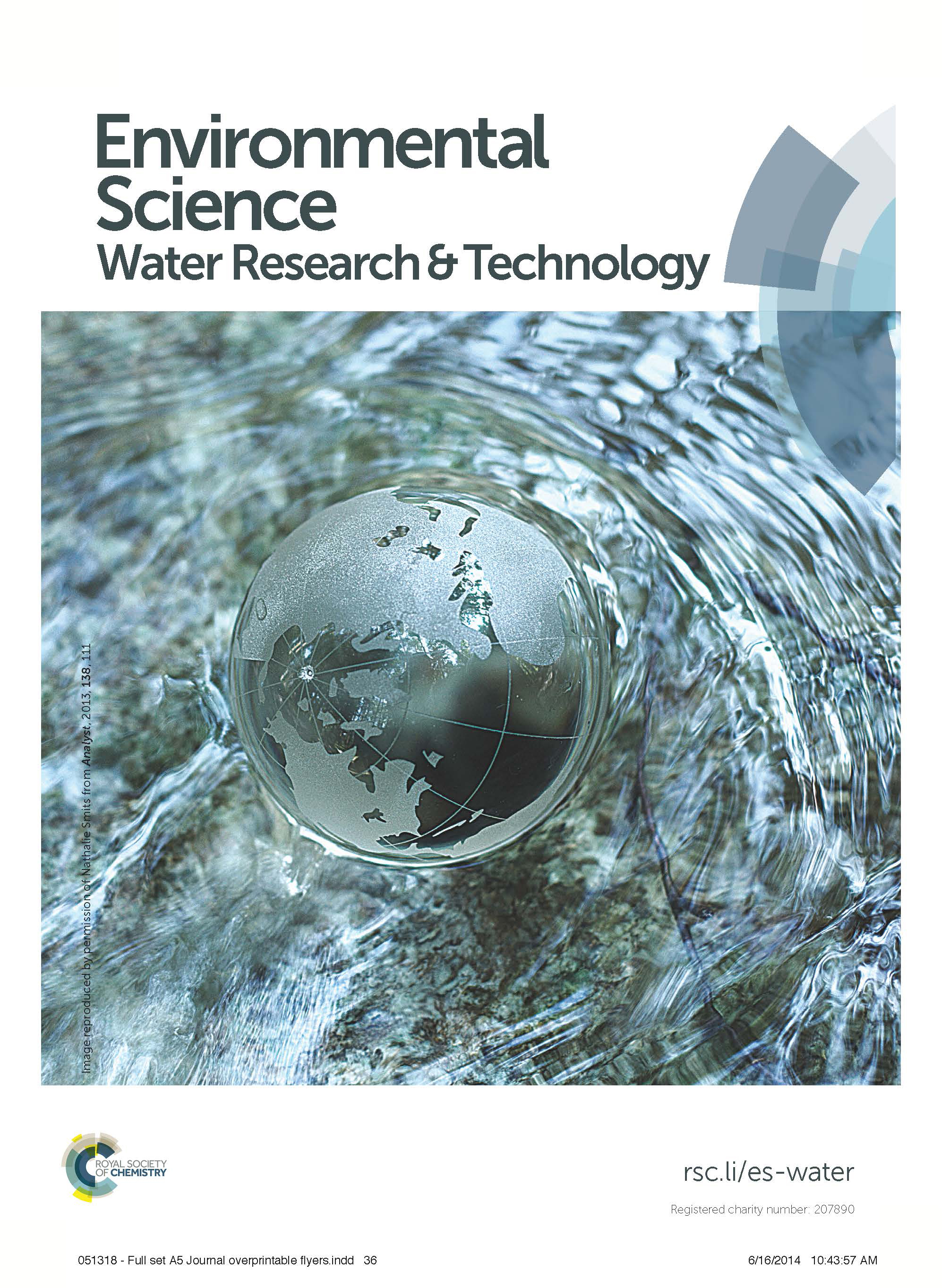
Urban stormwater capture for water supply: look out for persistent, mobile and toxic substances
Persistent, mobile and toxic (PMT) substances pose a threat to water supplies and aquatic ecosystems. This review article presents our current knowledge on PMT substances in urban stormwater and identifies future research needs for improved stormwater monitoring and management.
Environmental Science & Technology - 57(2023)38, 14101-14492
Predicting PFAS and Hydrophilic Trace Organic Contaminant Transport in Black Carbon-Amended Engineered Media Filters for Improved Stormwater Runoff Treatment
Hydrophilic organic contaminants and per- and polyfluoroalkyl substances (PFAS) are difficult to remove from stormwater runoff. A contaminant transport model was validated to better estimate the removal of contaminants in stormwater filtration systems.
Effects of 66 years of water management and hydroclimatic change on the urban hydrology and water quality of the Panke catchment, Berlin, Germany
The authors analysed a data set of 66-yr streamwater quality, 21-yr of groundwater quality and 31-yr streamflow nested from the heavily urbanized Panke catchment in Berlin. The upstream parts showed a flow regime most sensitive to changes in hydroclimatic conditions, downstream sites are more influenced by wastewater effluents, urban storm drains and inter-basin transfers for flood alleviation.
Attenuation of trace organic compounds along hyporheic flow paths in a lowland sandbed stream
As the hyporheic zone of rivers can be very heterogeneous already at cm-scales, the authors developed an experimental setup to preset short and shallow hyporheic flow paths in the field and to sample pore water. In this experimental setup, the authors were able to study the attenuation of 18 different trace organic compounds wherein the majority were attenuated within the short oxic sections.
Flow dynamics in rivers with riffle-pool morphology: a dataset from case studies and field experiments
Riffle-pool sequences provide vital ecological services to aquatic organisms and are considered fundamental habitats in fluvial ecosystems. Little is known about riffle-pool hydrodynamics. The study presents a dataset on turbulent flow structure in riffle-pool sequences of a natural river, the Tagliamento River in Italy.
Impact of the Russia–Ukraine armed conflict on water resources and water infrastructure
The ongoing war in Ukraine is having multiple impacts on the country’s water sector. In addition to the horror of the direct consequences of war, the destruction of water infrastructure also carries long-term consequences and risks for the population, the environment and global food security.
Synoptic water isotope surveys to understand the hydrology of large intensively managed catchments
Using seasonal, large scale synoptic sampling of stable water isotopes and tritium along the Spree allowed to assess water cycling, storage and losses. The Spree is heavily regulated and drought-sensitive due to high evapotranspiration losses. Such insights are important to adjust water management strategies.
Quantifying changes and trends of NO3 concentrations and concentration-discharge relationships in a complex, heavily managed, drought-sensitive river system
Long-term stream nitrate nitrogen concentrations and concentration-discharge were investigated along the Spree revealing significant heterogeneity in both variables. The upstream parts and winter seasons showed the most serious pollution. Concentrations and relationships are also likely to respond strongly to future droughts, leading to challenges for future land and water management.
Particle-associated organic contaminant and cytotoxicity transport in a river during storm events
This study investigated the mobilisation and transport of particle-associated organic contaminants and their cytotoxicity in a river during storm events. Cytotoxicity determined in cell-based bioassays correlated linearly with total suspended solids concentration in a river, demonstrating that particle-associated contaminant mixtures can strongly affect river water quality during rain events.
Moving Bedforms Control CO2 Production and Distribution in Sandy River Sediments
The study investigated the impact of streamwater flow velocities and the resulting bedform migration on the CO2 production in streambeds. State-of-the-art 2-dimensional imaging techniques reveal the CO2 distribution in the streambed, an increasing CO2 production in the upper sediment and a decreasing hydrological exchange with deeper sediment layers, with increasing flow velocities.


